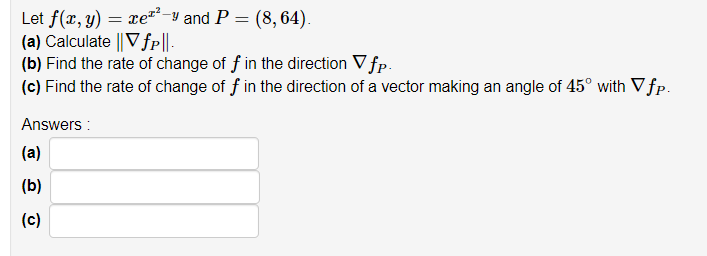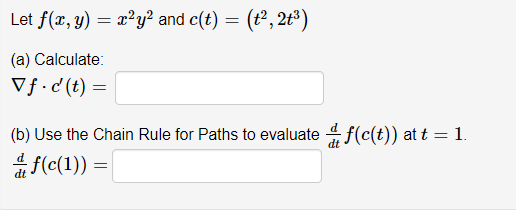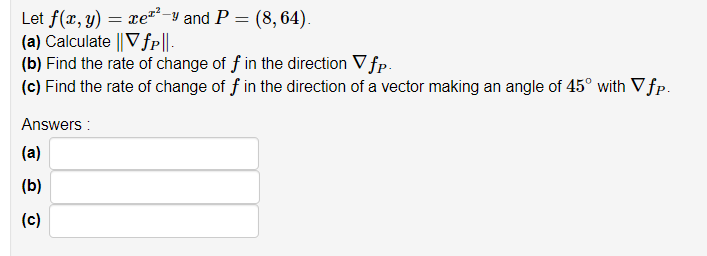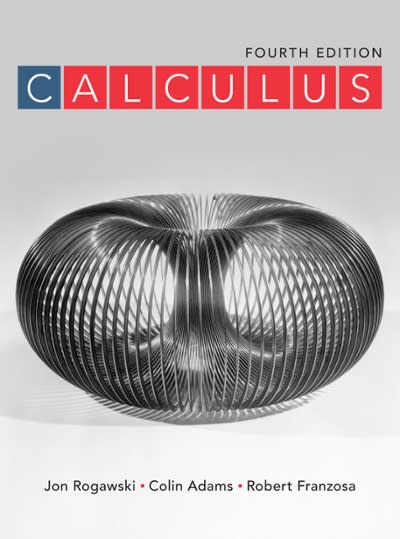Answered step by step
Verified Expert Solution
Question
1 Approved Answer
Calculus 3: Show work please 14.5Gradientanddirectionalderivatives: 1. Let f(x, y) = x2 y' and c(t) = (t2, 2+3 ) (a) Calculate: Vf . c(t )





Calculus 3: Show work please
14.5Gradientanddirectionalderivatives:
1.







Step by Step Solution
There are 3 Steps involved in it
Step: 1

Get Instant Access to Expert-Tailored Solutions
See step-by-step solutions with expert insights and AI powered tools for academic success
Step: 2

Step: 3

Ace Your Homework with AI
Get the answers you need in no time with our AI-driven, step-by-step assistance
Get Started


